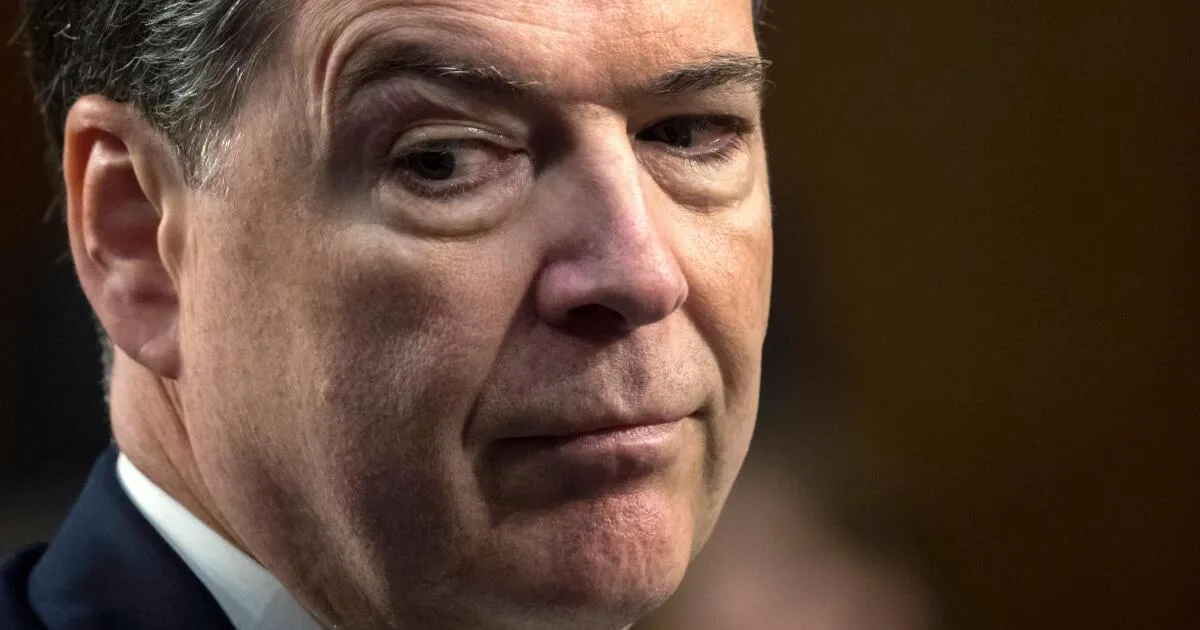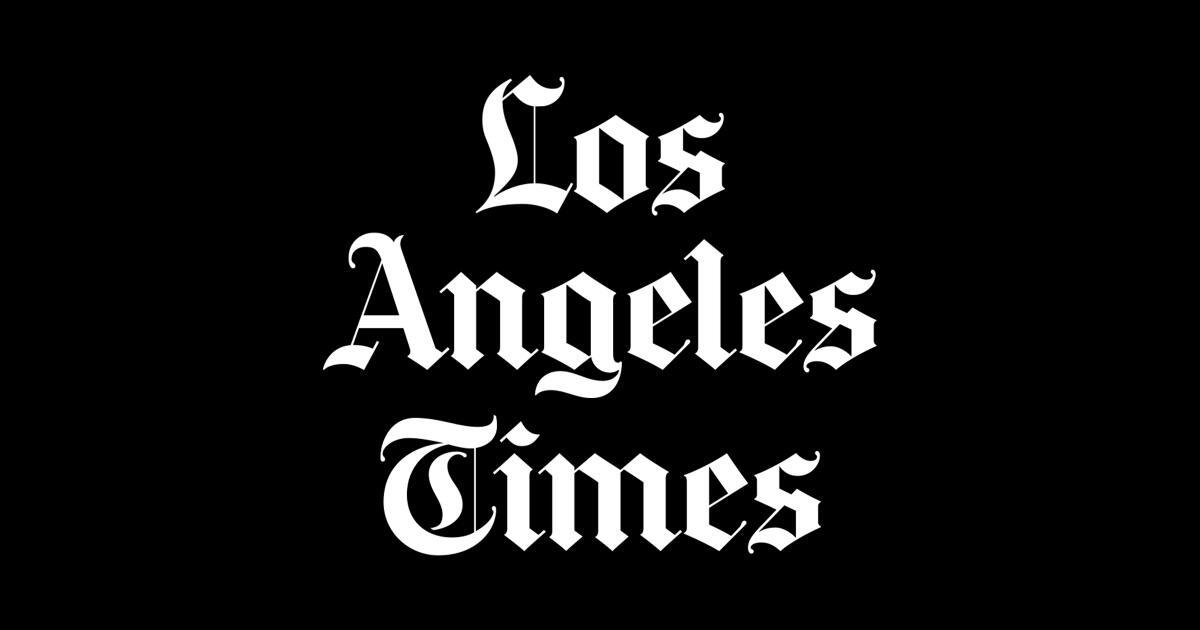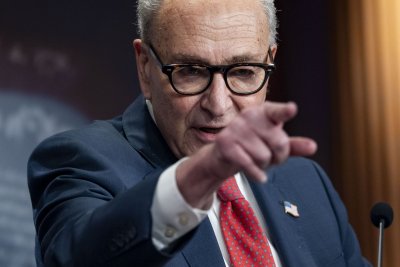When 32-year-old theoretical physicist Ron Unz decided to run for governor, even some friends tried to talk him out of it.
“Politics is not the kind of thing you expect geniuses to go into,” said Eric Reyburn, who attended Harvard University with Unz.
Rivko Knox, Unz’s aunt, worried that the race would be brutal. “I said: ‘Can you take criticism? What if you speak and people laugh at you?’ ”
David Horowitz, the conservative activist, was more blunt. Instead of a politician, Unz “looks like a person who reads science fiction novels at night and spends all the rest of his time on a computer talking to other people about science fiction,” said Horowitz, who has spent hours discussing politics with Unz. “I told him: ‘You’re an intellectual. . . . Your passion is ideas. You’ll be murdered.’ ”
But Unz, the soft-spoken owner of a small computer software company in Silicon Valley, calculated the odds and made up his mind. A month ago he formally challenged Gov. Pete Wilson for the Republican nomination, launching a statewide media blitz financed with more than $1 million of his own money.
Ever since, Unz has blistered Wilson, calling him a hypocrite, an opportunist–even a closet Democrat. The ultraconservative long shot has attacked the more moderate incumbent for raising taxes, bashing immigrants and supporting “the pathology of the social welfare state.” Although he has been short on specific solutions, Unz’s relentless debating style and his willingness to spend freely have won over some skeptics.
“I was afraid he would embarrass himself. But he hasn’t. I’m glad he’s out there pushing,” said Horowitz, who has dubbed Unz’s campaign “The Revenge of the Nerds.”
Arnold Steinberg, a Republican strategist, said his reservations have been replaced by enthusiasm. He tried to talk Unz out of running, he said–but ended up signing on as an adviser.
*
Few people believe Unz can beat Wilson–Unz admits that his campaign is an “uphill battle.” Still, some Republicans worry that the young challenger will wound Wilson, making it easier for a Democrat to replace him.
The Wilson campaign, which at first attempted to ignore Unz, recently began responding to him, labeling one TV ad in which he accused Wilson of letting Los Angeles burn during the 1992 riots “a new low” in the campaign. Though their recent tracking polls show only about 8% of Republicans would vote for Unz, Wilson’s camp has begun to take him more seriously, poking into his background–and informing reporters of the results.
Dan Schnur, Wilson’s spokesman, said one call to First Boston Bank, one of Unz’s former employers, yielded this tidbit: Unz is remembered as the only job applicant ever to list his IQ on his resume.
In fact, Unz may have one of the few IQs worth noting on a resume. It has been estimated at 214, a statistic that one intelligence expert describes as “one in a million.” Educated at Harvard, Cambridge and Stanford universities, he has mastered not only theoretical physics and computer programming, but also ancient Greek history. The author of several scholarly papers on the Spartan naval empire, he is probably the only gubernatorial candidate who warms to the subject of Plutarch.
“The history of the Greek city states really gives you a sense of how nations or states can decline,” said Unz, who claims that his many areas of expertise have each helped prepare him for executive office. “People told me that politics can be frustrating. But when you have sat month after month working on the same computer program, you get used to . . . incremental change.”
Braininess does not necessarily yield political savvy. Unz used the mathematical concept of “expected return” to assess whether he should enter the race. Multiplying the probability by the possible payoff, he concluded that if he had at least a one-in-five chance, running would be worth it. But most political experts say he drastically misjudged the odds.
If Unz’s intellect is unique among political candidates, Unz says that is not the reason to vote for him. Instead, he wants people to respond to his ideas–among them, smaller government, fewer regulations and traditional values. He claims he, not Wilson, is in the Republican mainstream.
He rails against bilingual education and affirmative action (policies that he says amount to “ethnic separatism”) and bad-mouths welfare programs that he says foster “irresponsibility, illegitimacy and a total sense of disconnection from the work ethic in American society.”
To hear Unz’s current ideology, one might never guess at his background.
Unz’s ads describe him as “the Republican for governor,” but he grew up a Democrat. He was born in the San Fernando Valley in 1961 and had his first involvement with politics at age 11 when he donned a McGovern T-shirt and accompanied his mother door to door, stumping for the Democratic presidential candidate.
The candidate who vows to “roll back” public assistance programs once relied on those programs for survival–when growing up in North Hollywood, he and his mother were on welfare. Unz, who today describes the culture of illegitimacy as a root cause of crime, was born out of wedlock–a fact that made the young Unz feel “very ashamed,” he said.
Some politicians might use such personal details to bolster their arguments. Unz, by contrast, prefers to keep them at a distance, discussing his childhood only at a reporter’s request.
“I really don’t think my personal background has had much of an impact on my views,” Unz said recently, moments after comparing his mother, Esther–a former high school teacher who he says “made some stupid mistakes”–to TV’s “Murphy Brown.” “The ‘Murphy Brown’ case works great on TV, but it’s not clear to me that it works in practice.”
In his case, Unz says, “the system worked.” Enrolled in public schools, he proved a top student–a math and debating whiz who as a senior in high school became the third Californian ever to win first place in the national Westinghouse talent search competition. Despite his own success story, he firmly believes that welfare does more harm than good.
“The truth is that the cost of living in America, if you’re talking about living relatively simply, is pretty low. The marginal cost of eating simple foods and not starving is minimal. And there . . . would be more charitable organizations in society if these (welfare) programs didn’t exist,” he said, adding that he does not believe that the assistance he and his mother received “was that much of a help.”
Esther Unz recalls things differently. To cut costs, she said, she and her young son lived with her parents. But when she fell ill and was unable to work, she applied for aid. The money she received from the government was essential, she said.
“Ron’s father was out of the picture very soon. . . . But my parents’ home was paid for. What saved us financially completely was there were no rent payments,” she said, adding that her son’s conservative views are something of a mystery to her. “For some reason he turned to the other side. I never tried to structure him as far as (political) party. He just kind of came out this way.”
Despite their differences, she is immensely proud of her son and believes his sincerity and industriousness would make him an effective governor. She has long worried, however, that his penchant for hard work has left him without a fully rounded life.
“Now all I can hope for is he will have time for some extracurricular life,” she said. “And get a girl. Because he has had very few in his life.”
Unz says he wants to marry and have children, eventually. But when he puts his mind to something, he says, he focuses completely. For several years his financial software company, which devises specialized “code” to help Wall Street firms manage their investments efficiently, has been his primary fascination. So far he has not given his personal life the same kind of attention.
A visit to Unz’s large Spanish-style home in Palo Alto reveals a life completely built around work. Three of the five bedrooms–which house his company, Wall Street Analytics Inc.–are filled with files and computer equipment. The rest of the house appears largely unoccupied. He sleeps on a mattress and box spring set on the floor. His spacious living room not only lacks furniture–it is utterly empty.
“I’ve only lived here a year,” he says, nodding toward a well-appointed kitchen he has never used. “Monomaniacal” is the word one friend says Unz uses to describe himself. Asked what he does for fun, he answers: “I’ve been very busy.”
When asked the same question, Unz’s best friends from Harvard do not hesitate. For fun, they said, Unz has always loved to talk politics. “Ron’s idea of a good time at a party is to have five or six people stand around and talk about the issues of the day,” said Reyburn, who fondly remembers a nightly college ritual: dinner, spiced with spirited political debate.
“He’s an intellectual, not a party animal,” recalled Robert Dujarric, another friend who remembers those dinners warmly. “He likes to talk to people. Even though he’s very much at home in the realm of computer software and numbers, he likes to socialize.”
Unz graduated in 1983 with a double major in theoretical physics and ancient history and headed to England. There on a Churchill Science Fellowship, he studied quantum gravitation under Stephen Hawking.
*
While continuing his studies at Stanford in 1986, Unz and two of his former junior high school teachers developed a plan to create a public academy for Los Angeles County’s high-ability students. Despite winning the support of some educators, the proposal was rejected by officials who worried that if an elite school drained off the best students, ordinary schools would become less challenging.
Unz describes this incident, his first deep involvement on a public policy issue, as an eye-opener. He came to believe that if he wanted to improve society, he would have to get rich enough to champion the causes important to him.
He took a summer job on Wall Street in 1987, working in mortgage finance at First Boston Bank. He taught himself computer programming and soon wrote “The Solver,” a program that used the computer to carve up mortgage loans into securities–a series of calculations that until then had been done by hand.
Unz’s work was outstanding, his colleagues recall, and he accepted a full-time job. But some who worked with him said he could be inflexible when he believed he was right. It was that single-mindedness that ultimately led to his departure, they said.
David Warren, a managing director at First Boston who was hired the same day as Unz, recalled: “He came from an academic background where if your professor told you to do x, and you did y because it was better than x, and then you explained your reasoning–your professor shook hands with you and said: ‘Congratulations, you were right.’ He felt that was the way he was going to behave.”
Unz’s bosses did not share this approach. A few months after taking the job, Unz left to start his own company. For the next six years, Unz worked seven days a week, up to 20 hours a day, writing computer code in his modest apartment in Queens.
New York City appalled him. The crime and the poverty proved to Unz that welfare programs not only were not working but were the cause of society’s decline. He began reading Commentary magazine, and was so impressed that he ordered 15 years of back issues. When his long hours started to pay off (his first sale, to a Wall Street investment firm, netted nearly $200,000), he used the money to fund conservative projects.
*
Unz will not say what he is worth, but says he gave hundreds of thousands of dollars to think tanks such as the Manhattan Institute in New York City and to Linda Chavez’s Center for the New American Community in Washington, D.C. Even before moving back to California two years ago, Unz sought out the Los Angeles-based Horowitz to see if he needed funding.
“I wanted to do this book ‘Surviving the PC University,’ ” recalled Horowitz, co-founder of the Center for the Study of Popular Culture. “He said: ‘How much will it cost?’ I said $10,000, and he pulled out his checkbook and wrote me a check.”
“I don’t care much about money,” said Unz, who drives a compact car and has spent more on clothing while preparing to become a candidate than he had during the previous several years. “The whole reason I wanted to make money was to be able to influence policy.”
Late last year, when Unz realized that no other Republican was likely to challenge Wilson, that attitude made it easy for him to volunteer. To others, spending a hard-earned personal fortune to run what in all likelihood will be a losing race might seem crazy. To Unz, it was civic duty.
“The odds are, you lose. But if you don’t try it, you’re sure to lose,” he said, adding that he plans to spend a lot more of his money before the June 7 primary. “A lot of this is patriotism. . . . At some stage, individuals have to decide whether they’re going to make an effort.”
So far, Unz’s rhetoric has been dominated by criticism of Wilson. His lack of specific alternatives has hurt him even among some Republicans who dislike Wilson.
“He’s not for me,” Dieter Holberg, a retired engineer, said after hearing Unz speak at the Riviera Country Club in Pacific Palisades. “You can say, ‘Cut things.’. . . But it would have been long done if it was easy to do.”
But at times he strikes a chord. The California Republican Assembly, a conservative grass-roots organization, has endorsed him. And recently, after hearing Unz blast programs such as prenatal care, drug rehabilitation and “New Age self-esteem counseling,” a few members of UC Berkeley’s College Republicans came away impressed.
“You get a strong sense that here is a fundamentally competent person who is intelligent enough to grasp everything–though that is not the same thing as being able to command or lead. But I don’t particularly think that Wilson leads,” said Gregory Sikorski, 27, a history major. “I will support him now and support the Republican (nominee) later.”





